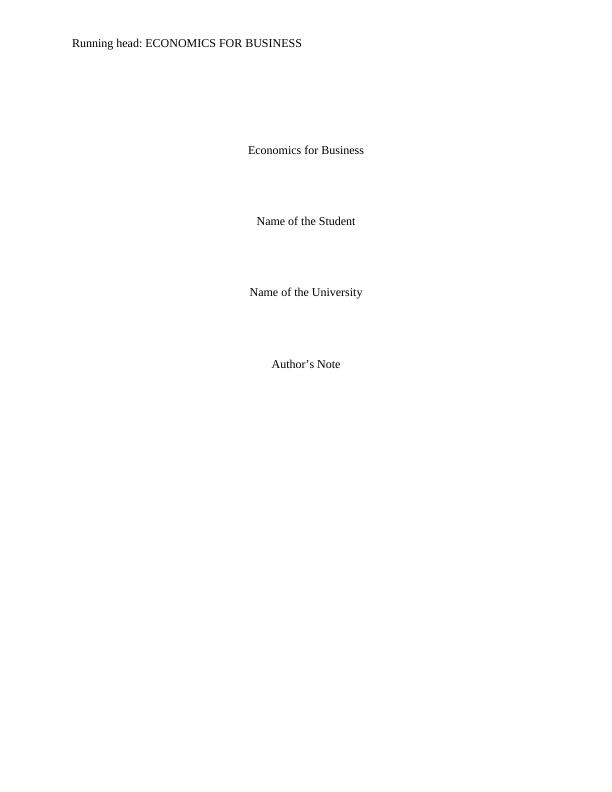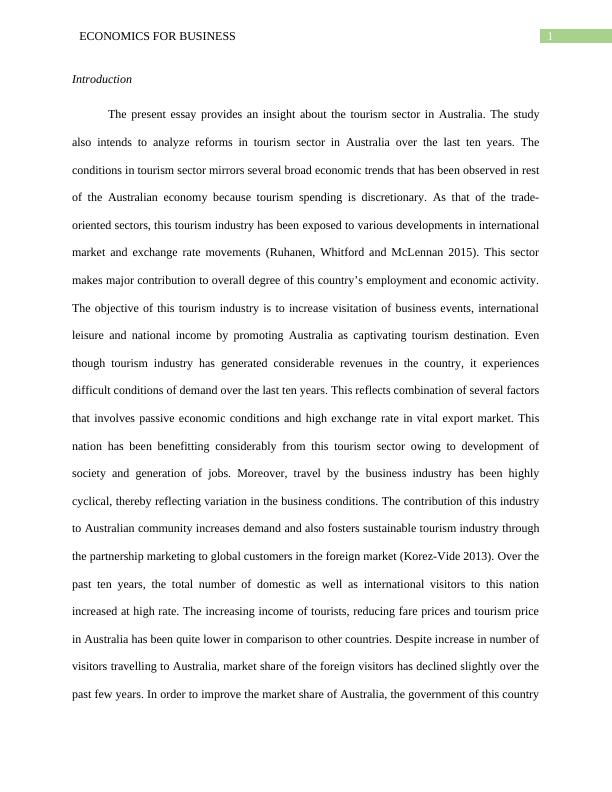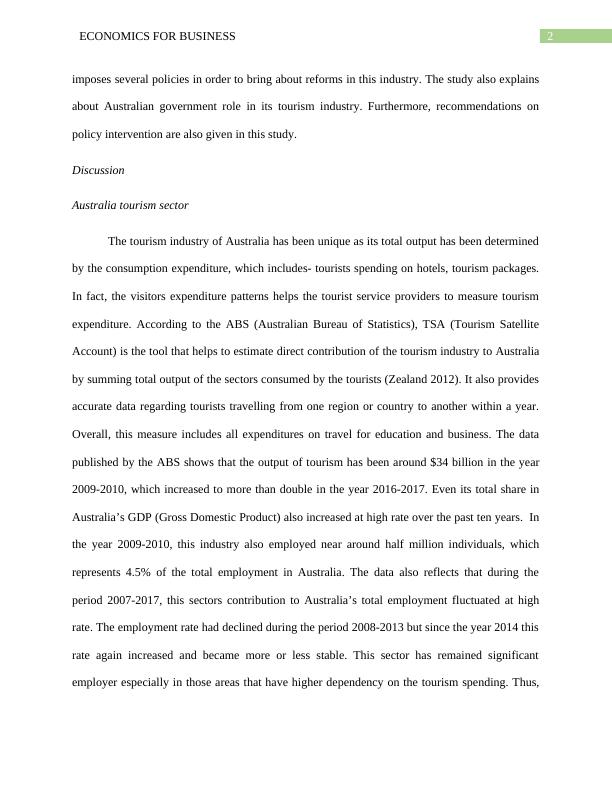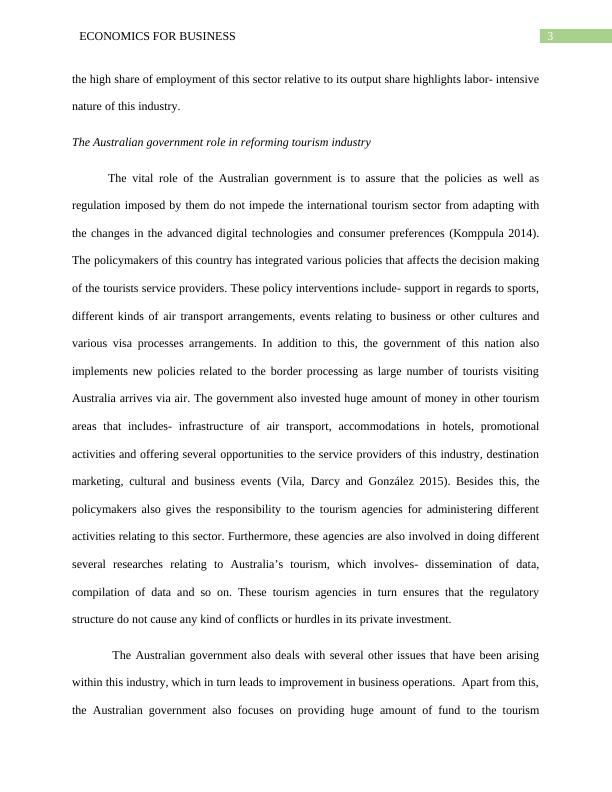Reforms in Australia's Tourism Sector: An Economic Analysis
Examine industry reforms in one of the following industries: tourism, meat and livestock, agriculture, and hospitality in Australia in the last 10 years and analyse its impacts on Australian economic growth.
13 Pages3552 Words367 Views
Added on 2023-06-07
About This Document
The essay provides an insight about the tourism sector in Australia and analyzes reforms in tourism sector in Australia over the last ten years. It also explains about Australian government role in its tourism industry and recommendations on policy intervention.
Reforms in Australia's Tourism Sector: An Economic Analysis
Examine industry reforms in one of the following industries: tourism, meat and livestock, agriculture, and hospitality in Australia in the last 10 years and analyse its impacts on Australian economic growth.
Added on 2023-06-07
ShareRelated Documents
End of preview
Want to access all the pages? Upload your documents or become a member.
Reforms in Tourism Industry in Australia: Role of Government and Impact on Economic Growth
|13
|3099
|493
Reforms in Australia's Tourism Industry: An Overview
|15
|3330
|450
Reforms in Australia's Tourism Industry: An Economic Analysis
|14
|3374
|204
Tourism Industry Reforms and Its Impacts on the Growth of Australian Economy
|11
|3138
|343
Industry Reforms in Tourism: Impact on GDP and Unemployment in Australia
|13
|3702
|340
TOU501 - Reforms in Tourism Industry
|7
|1575
|166




